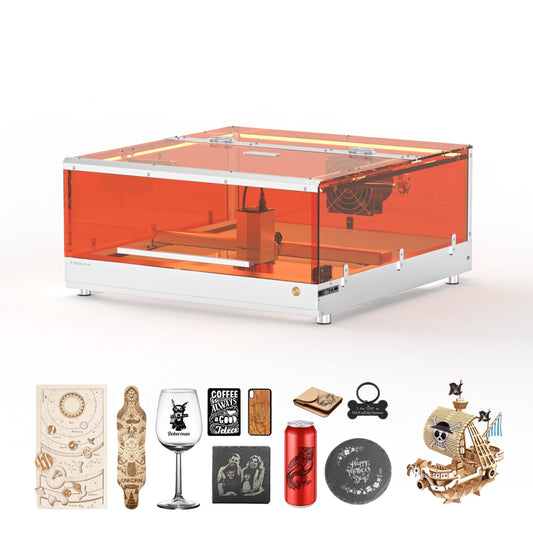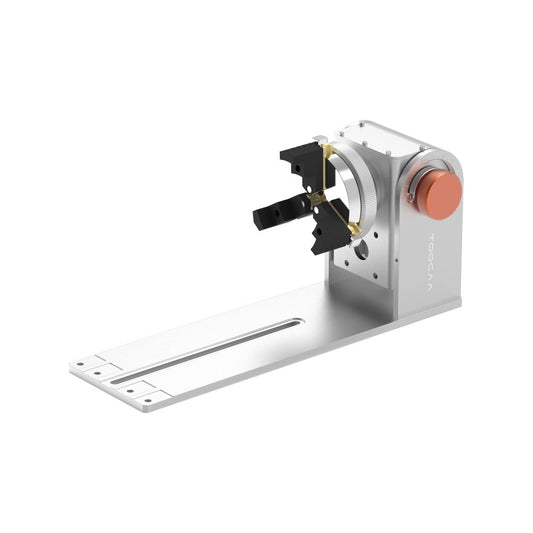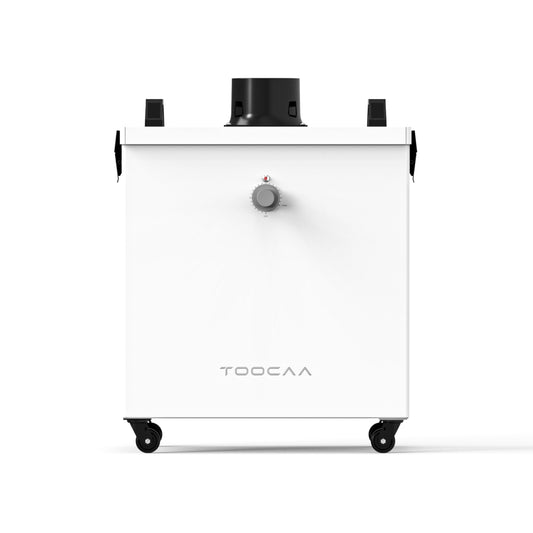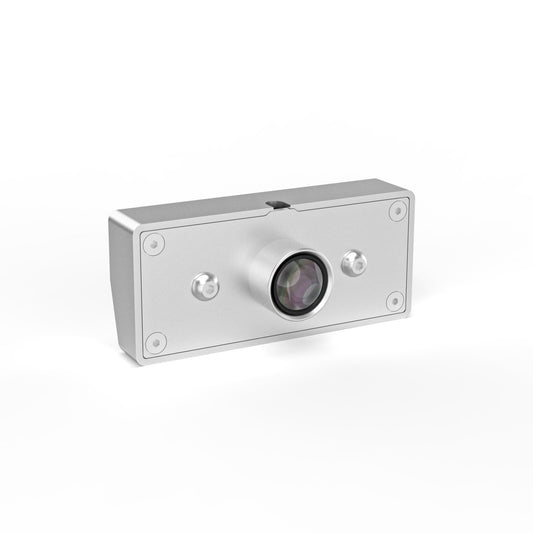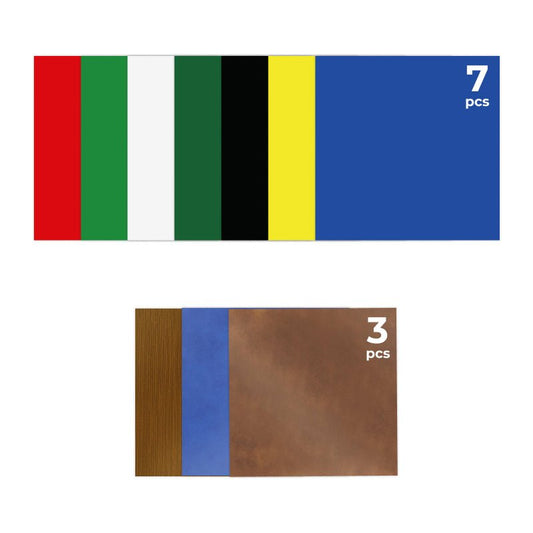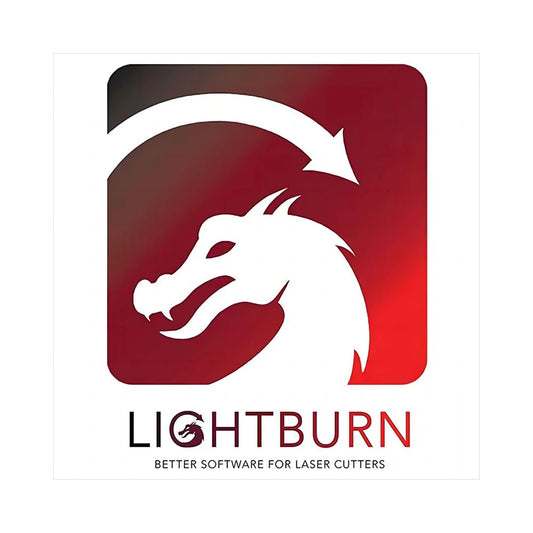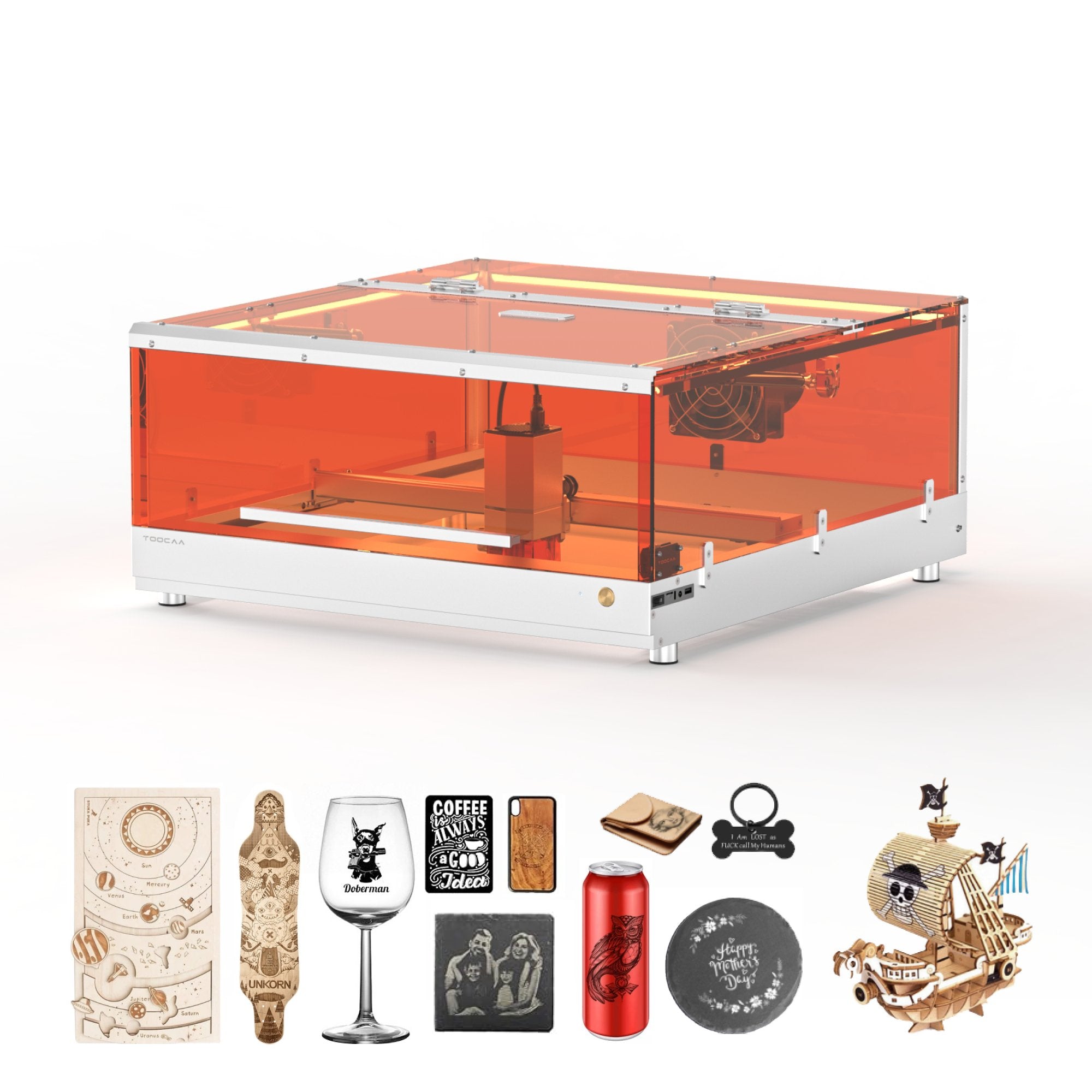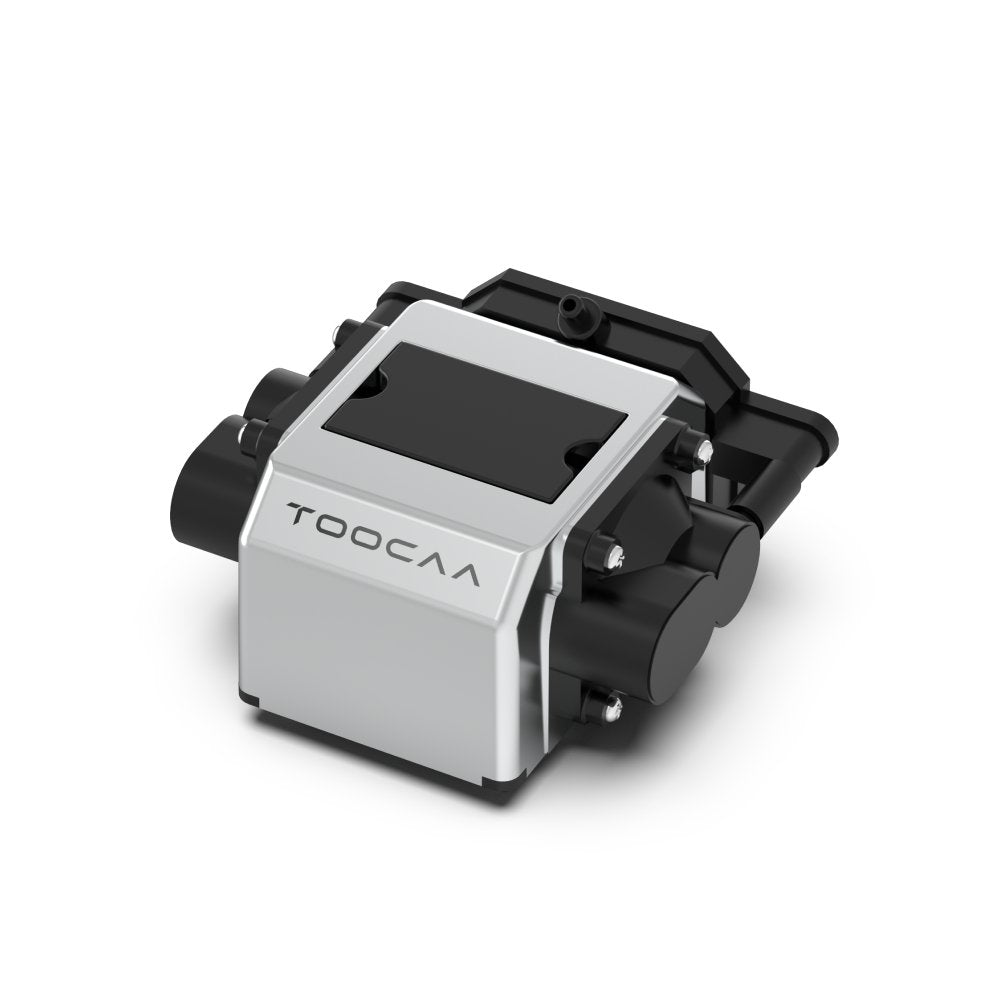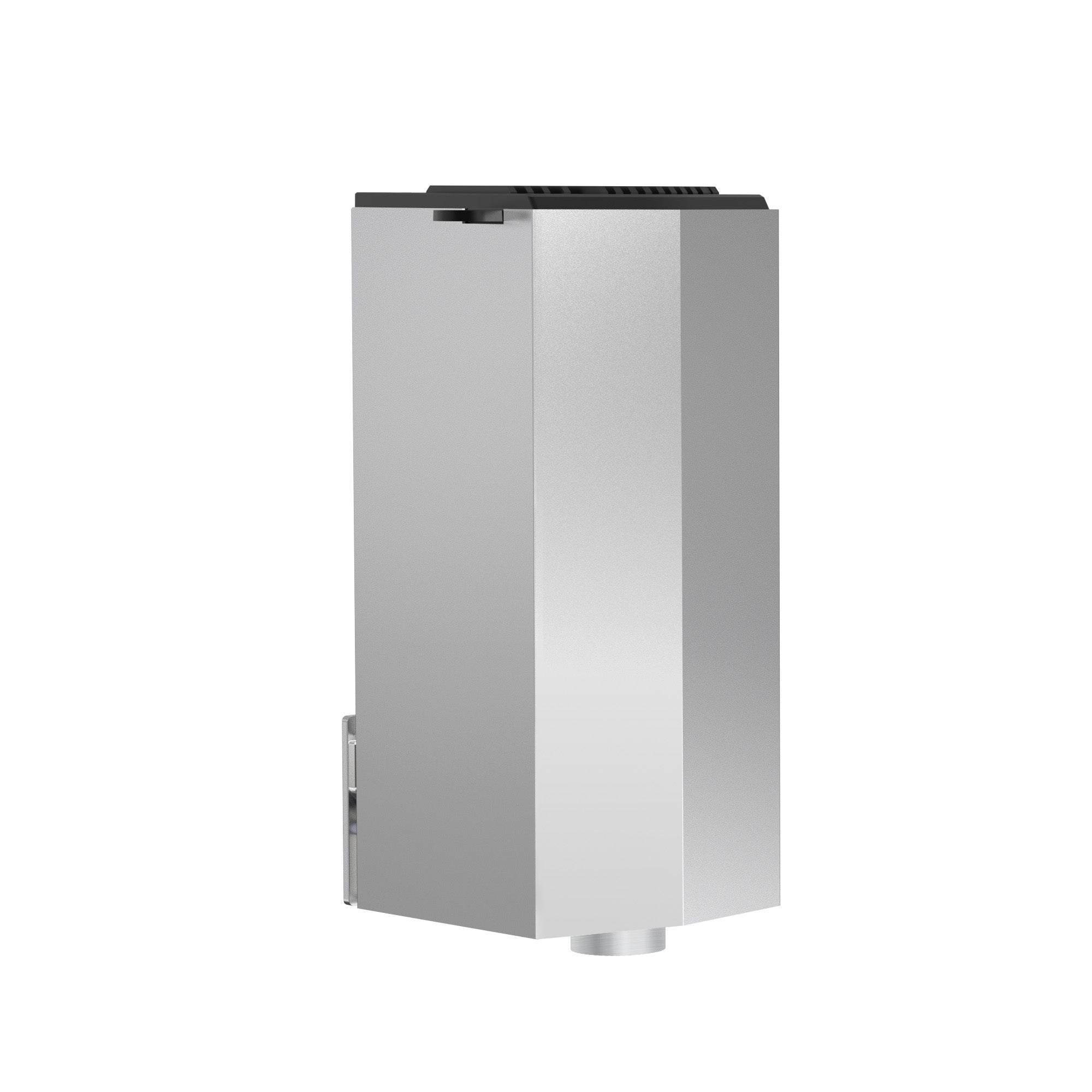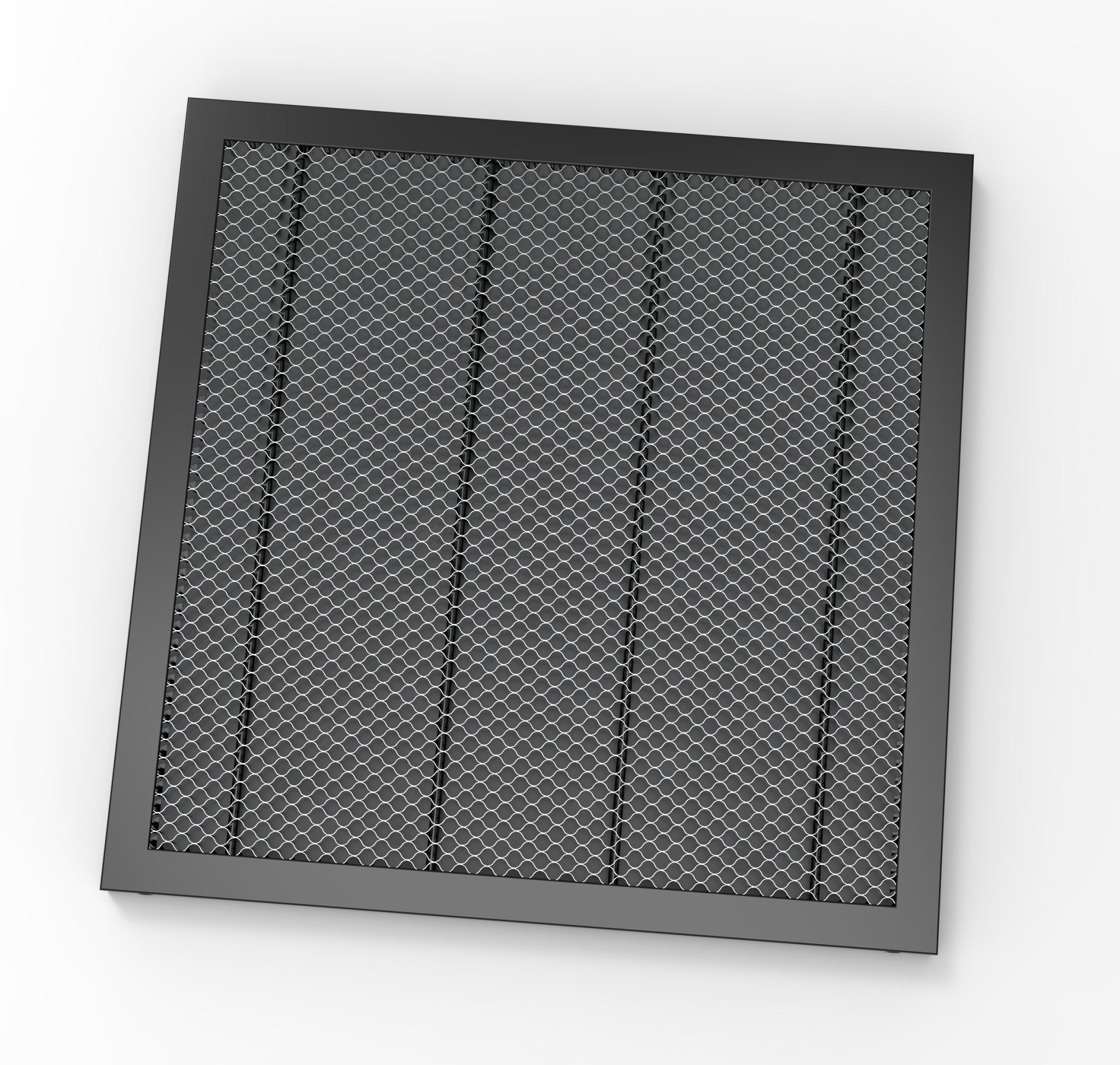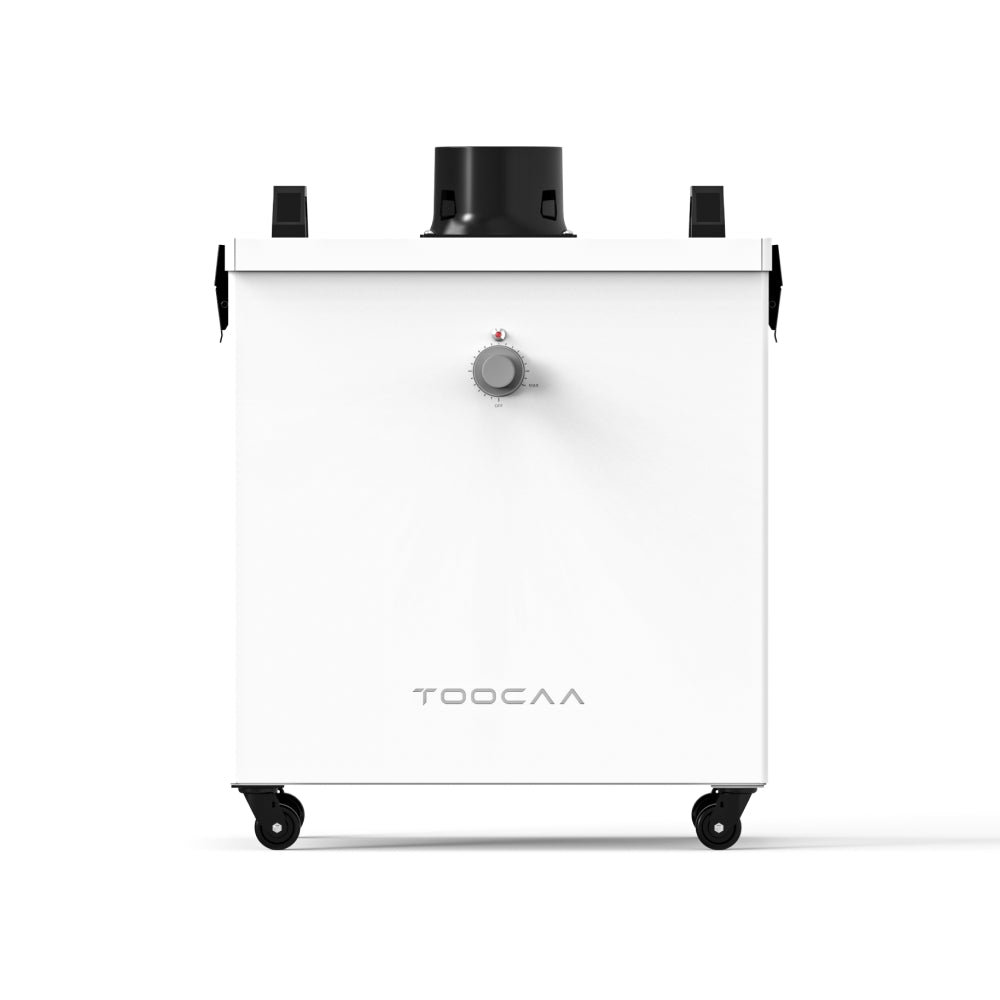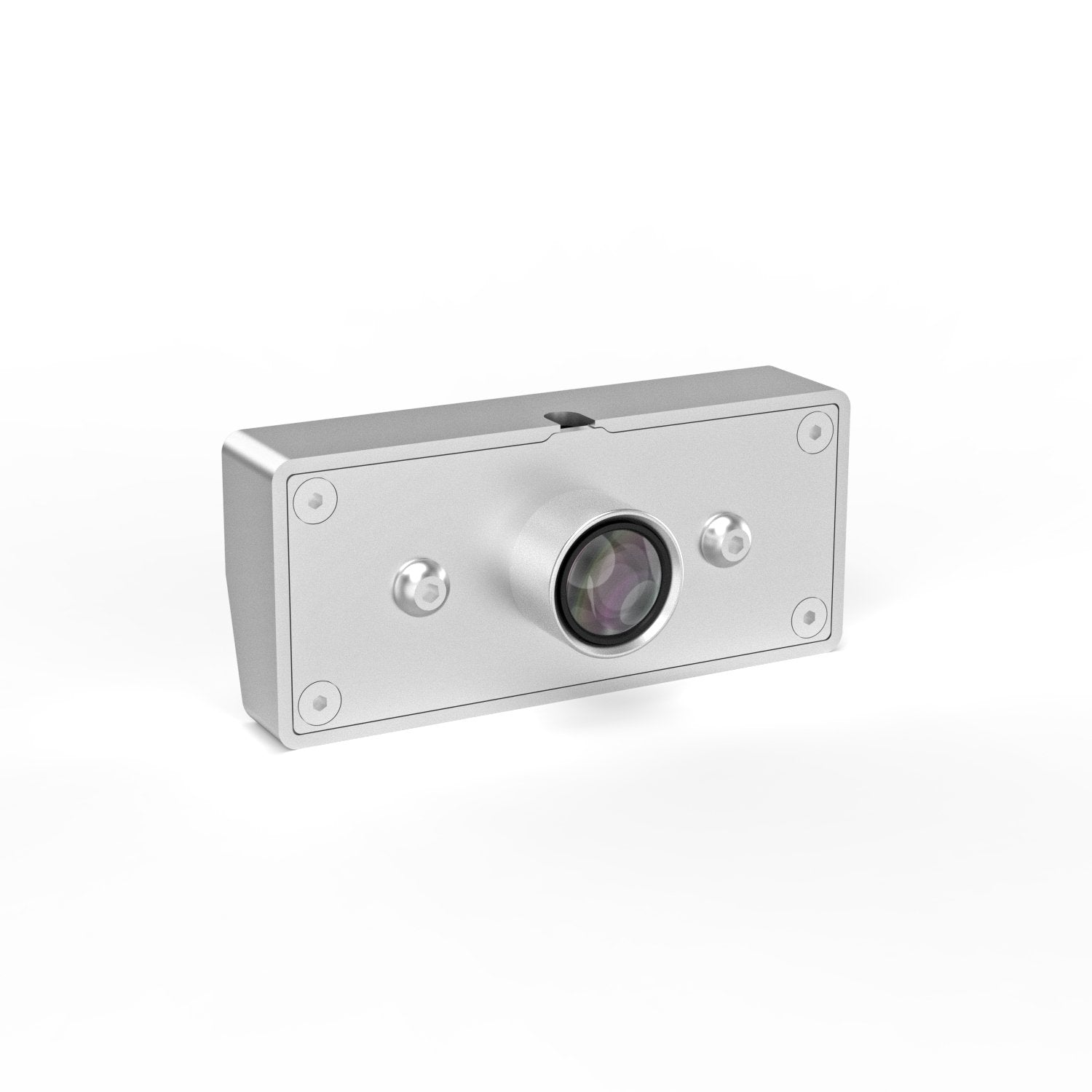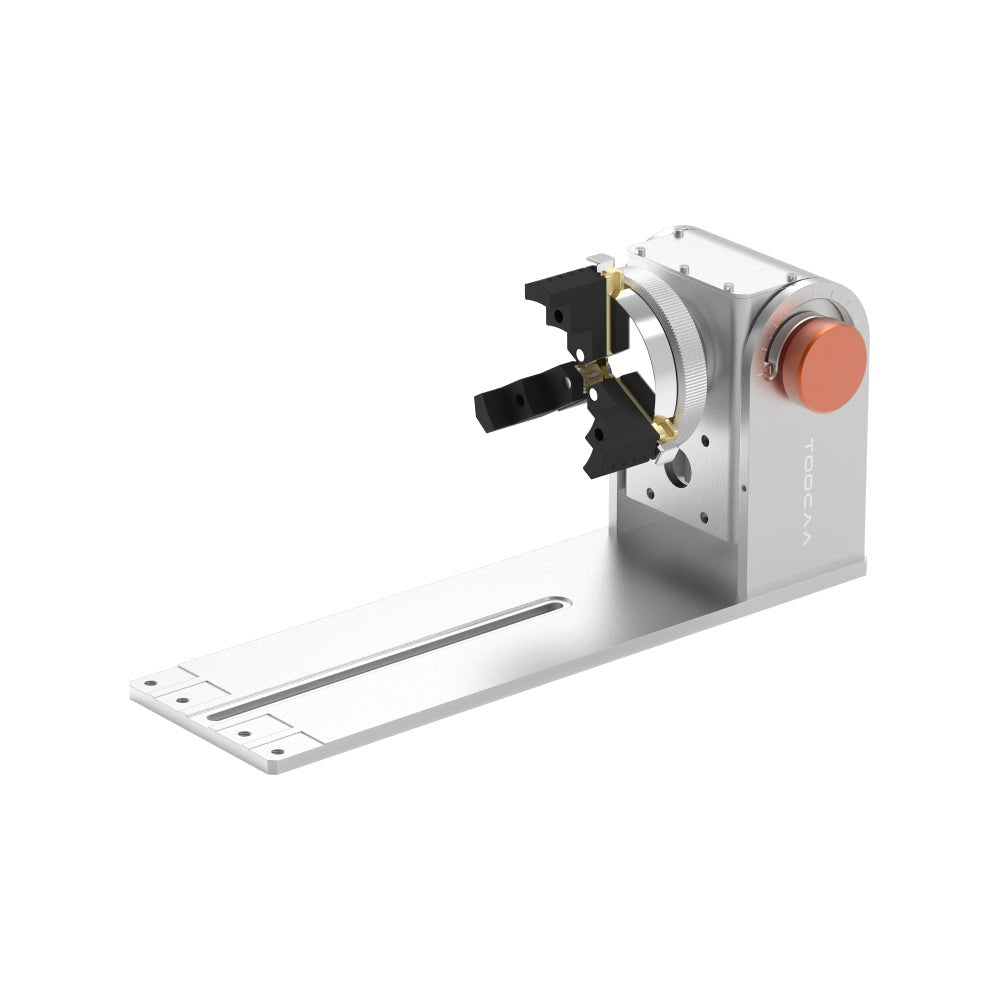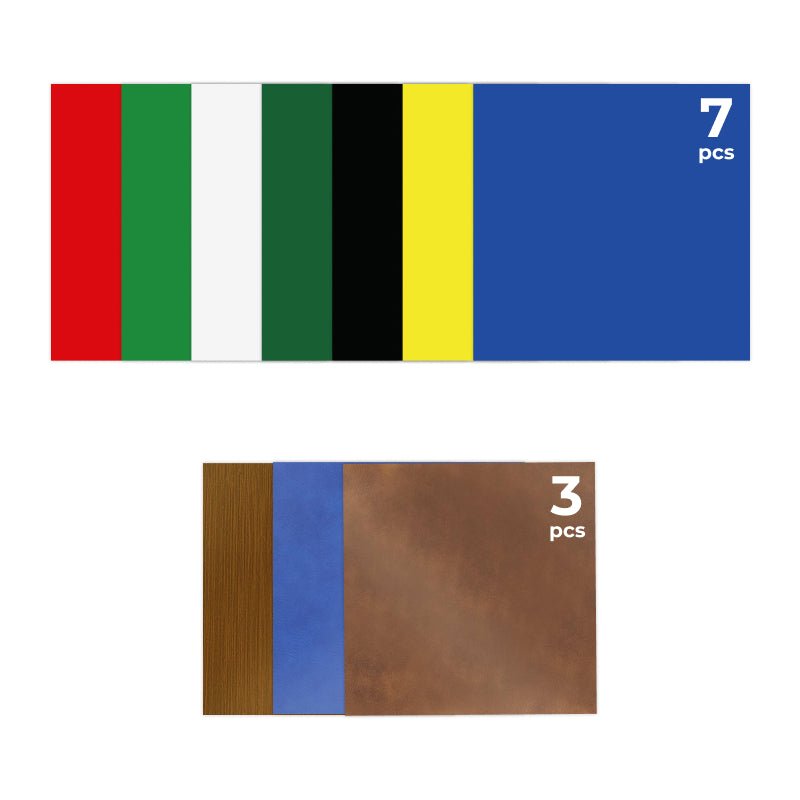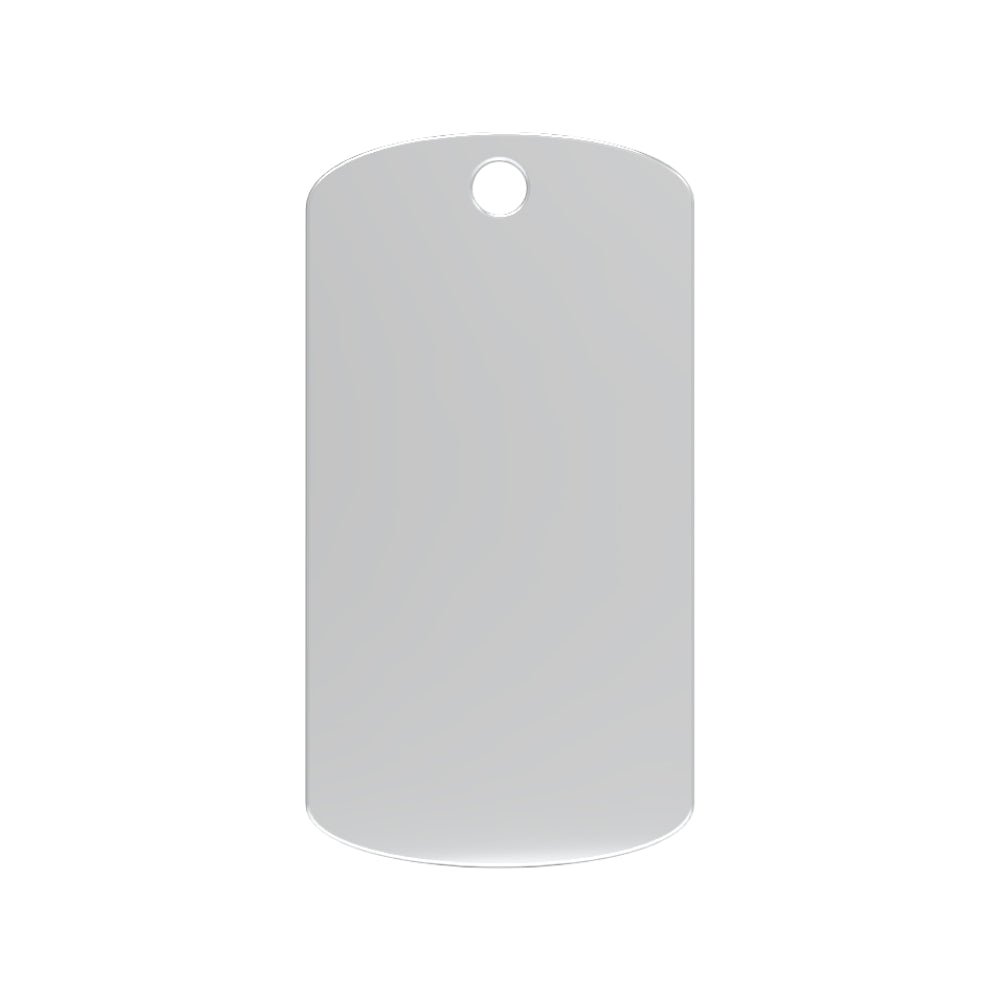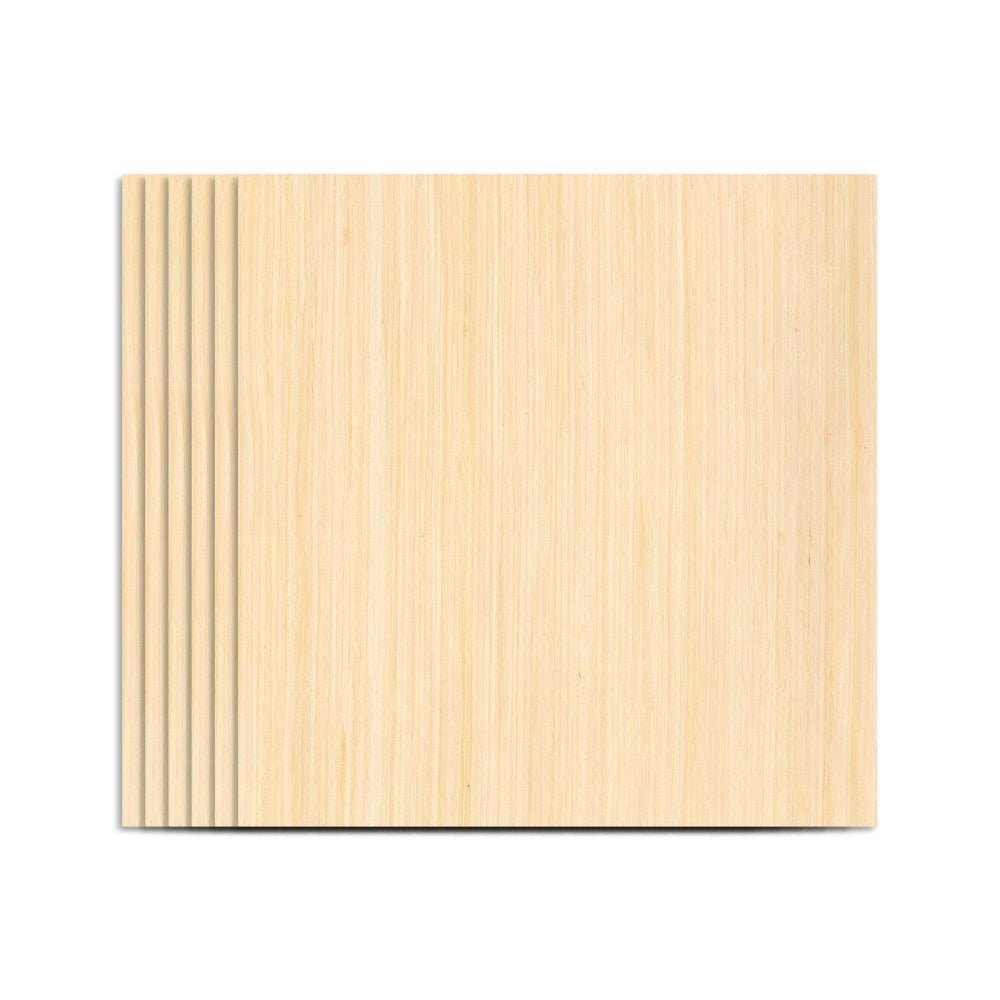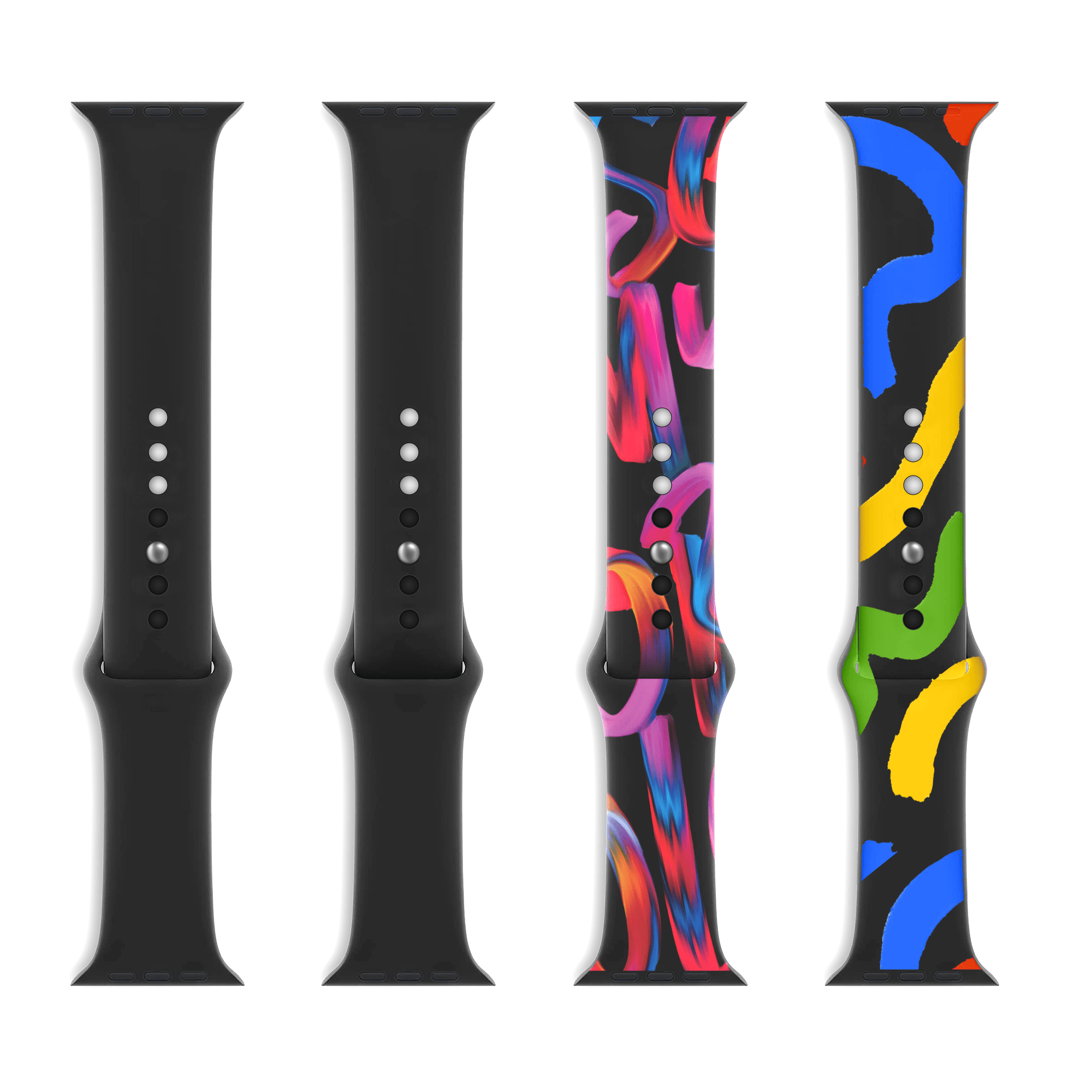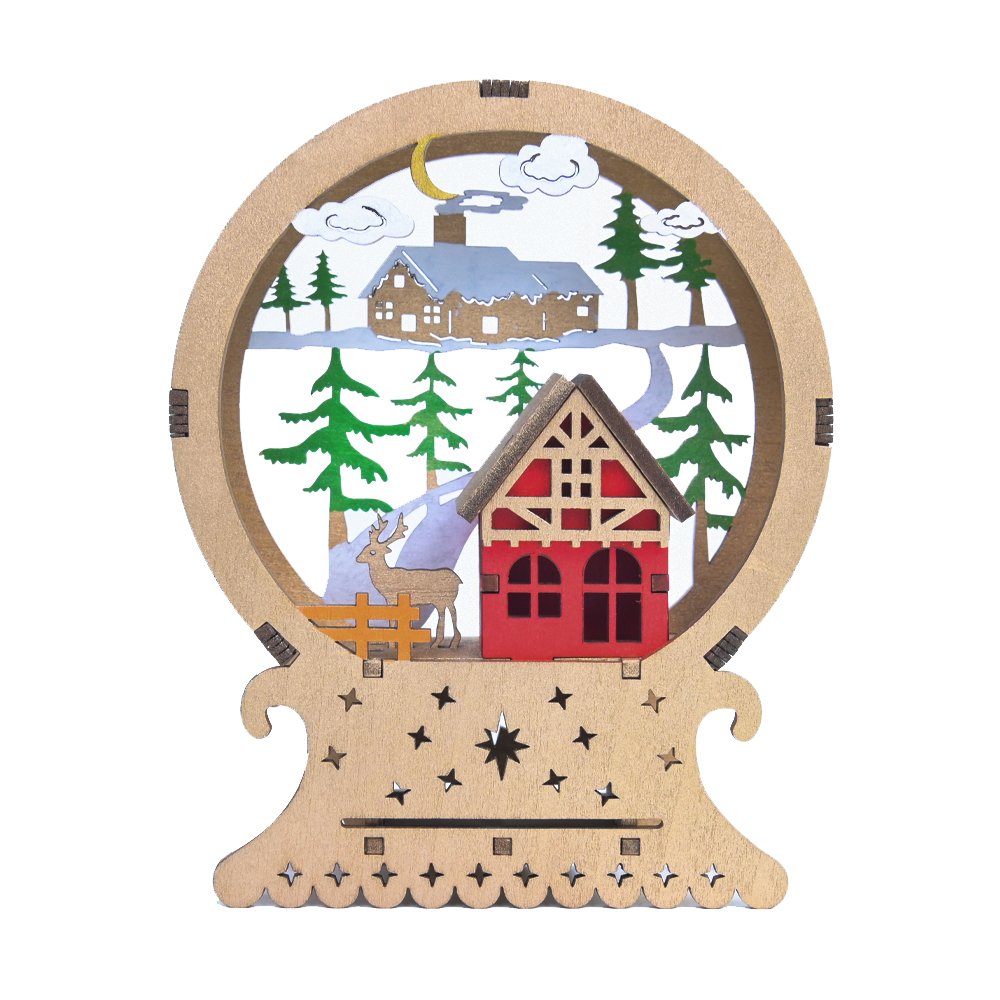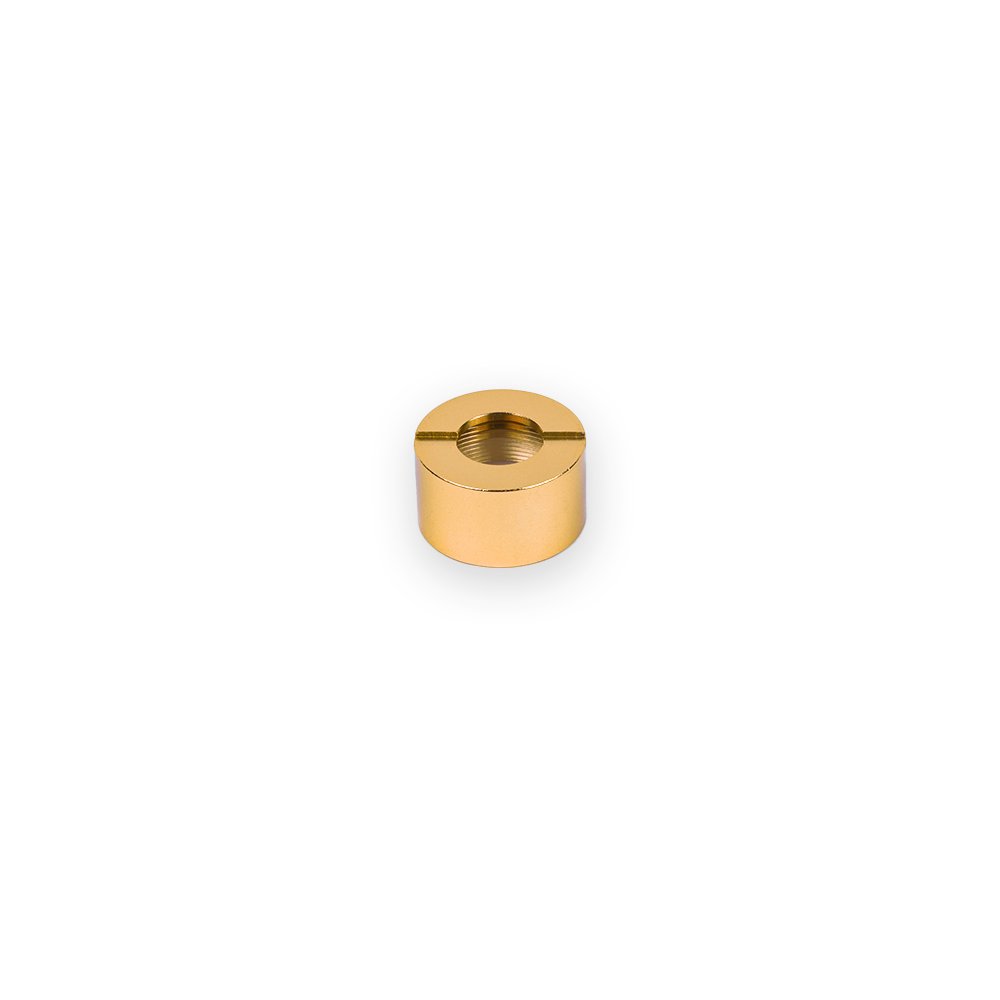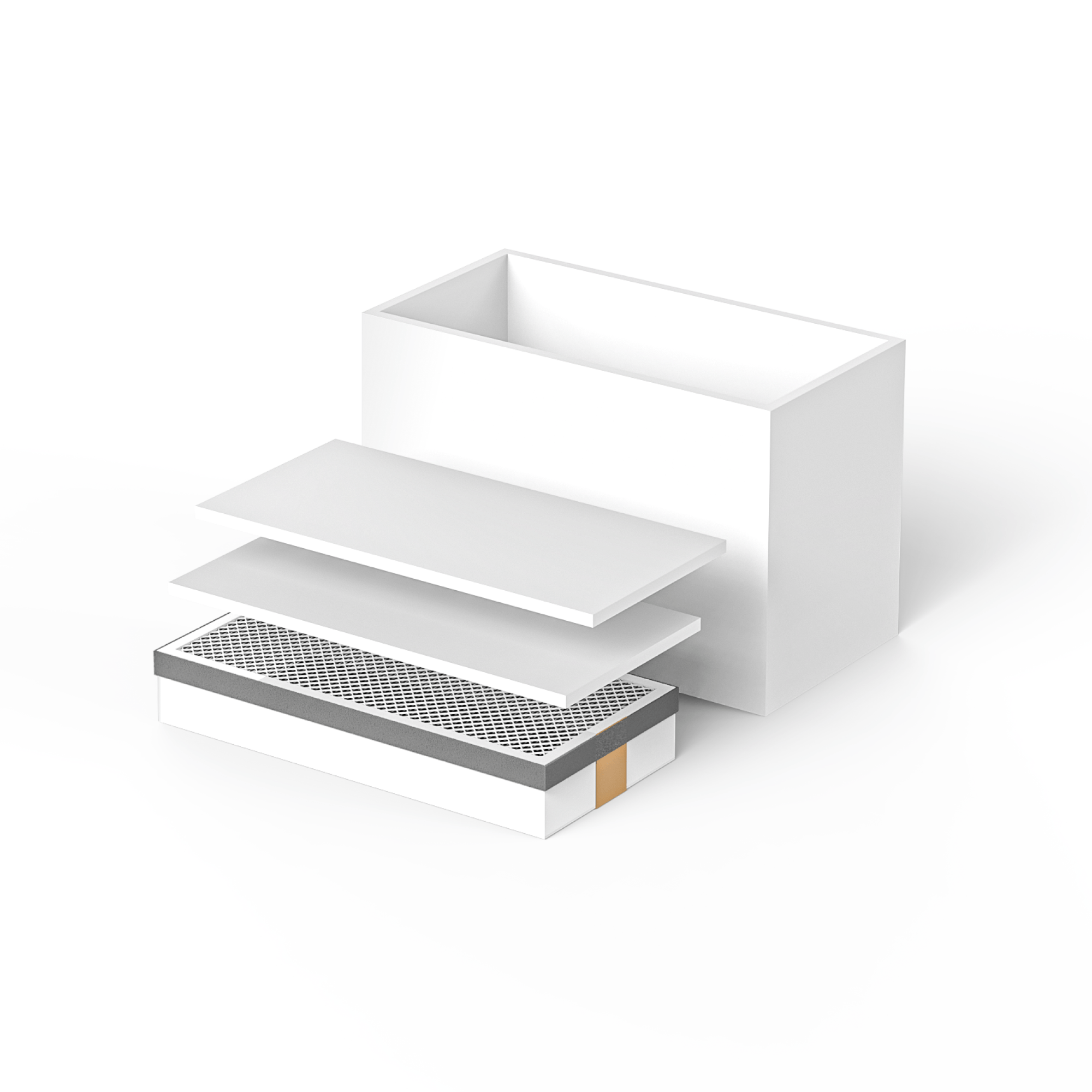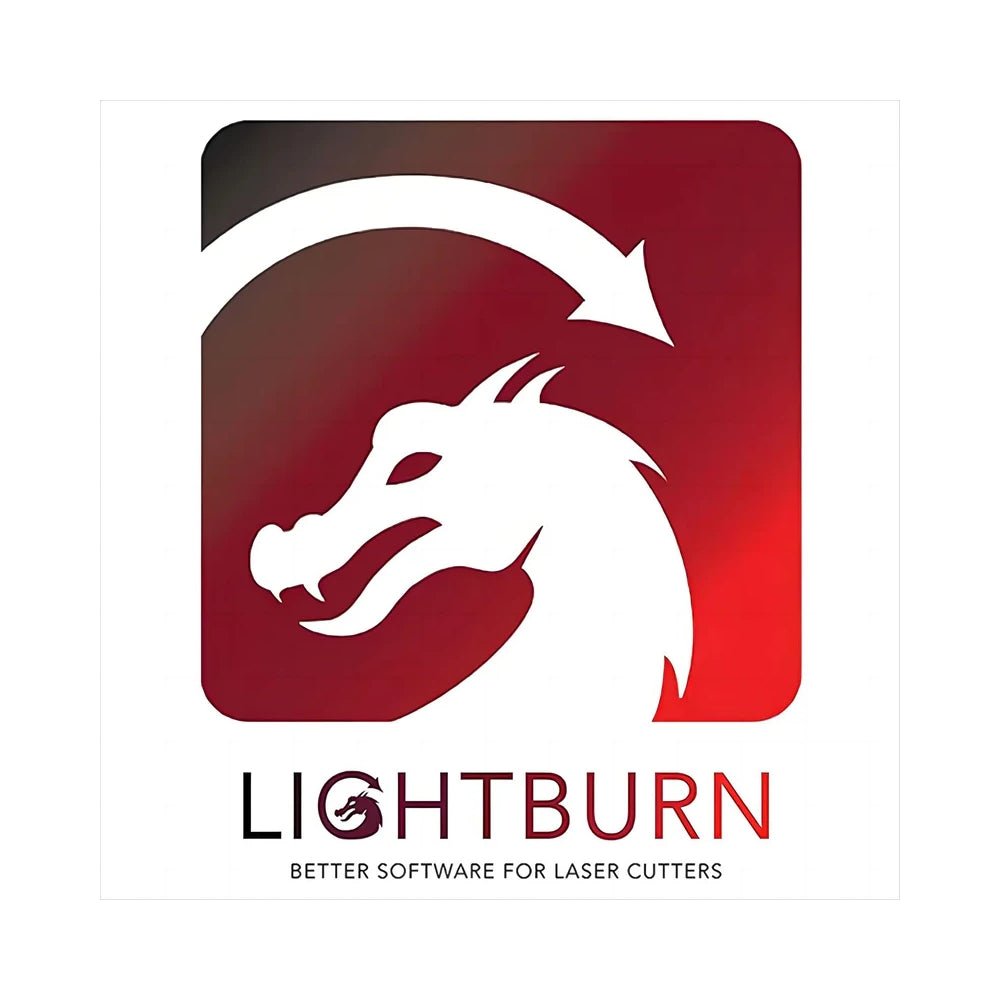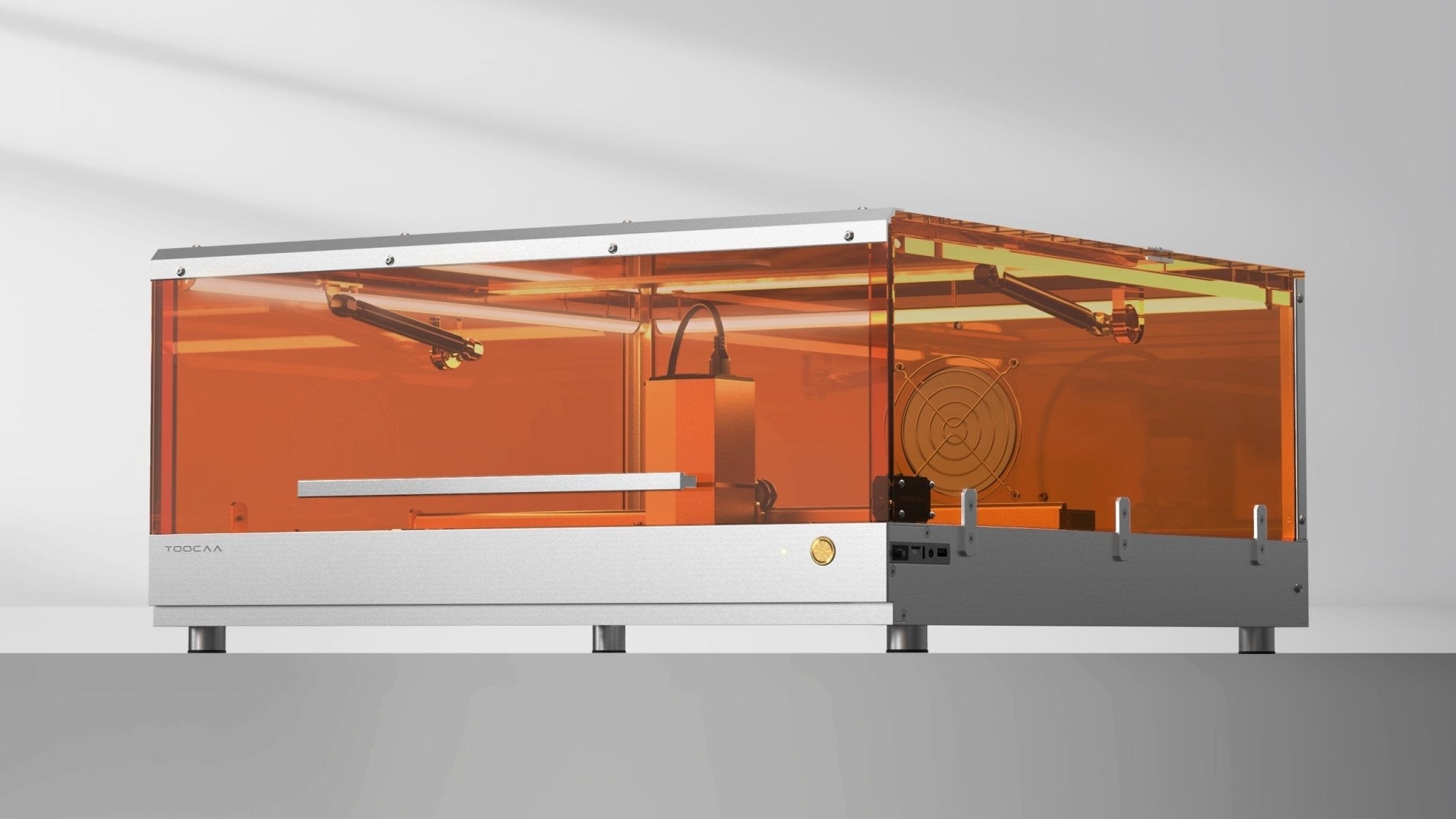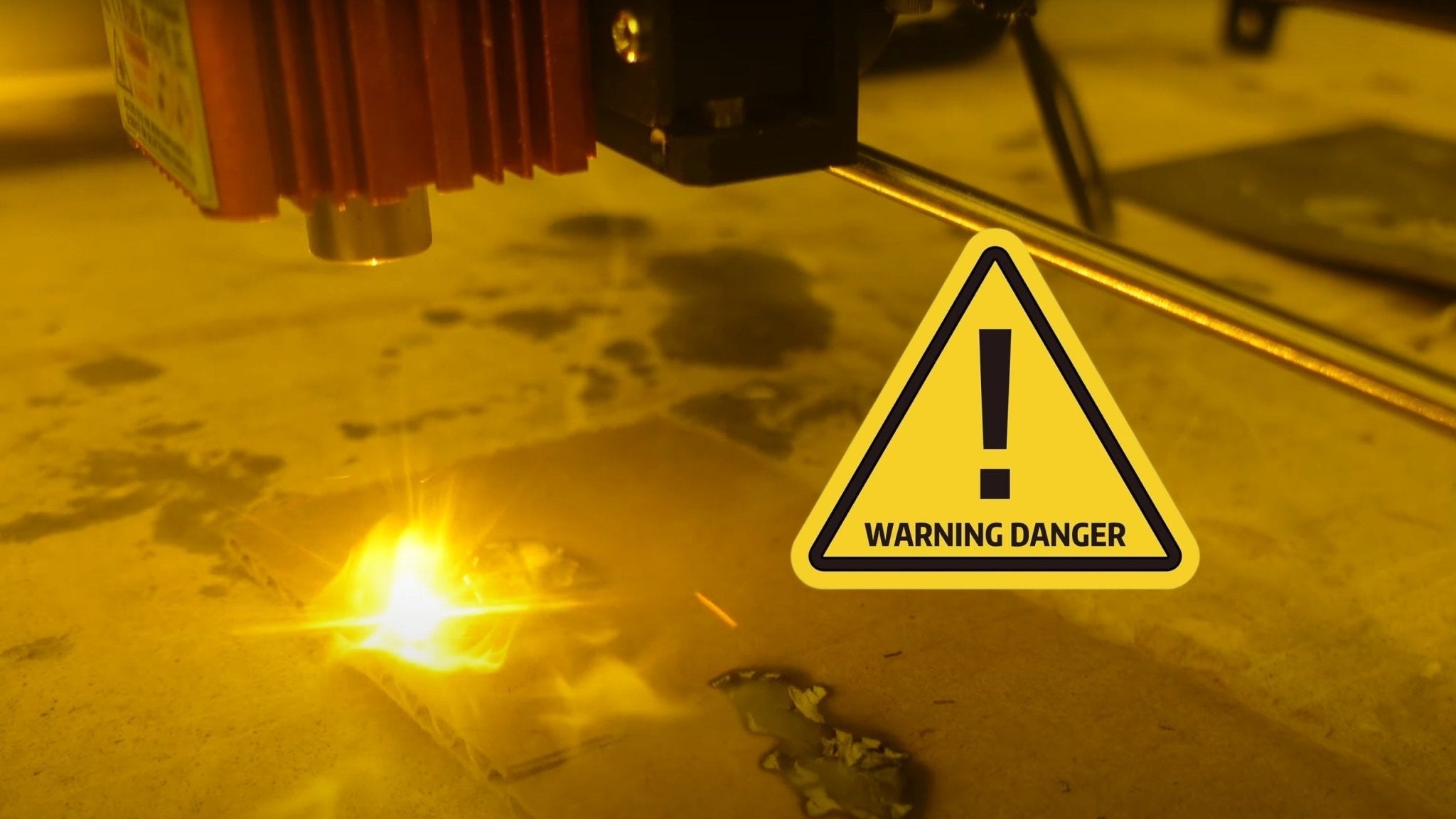Laser engraving machines are advanced tools known for their speed, reliability, accuracy, and versatility. They are capable of working with a wide range of materials, including plastics, metals, and ceramics, allowing you to transform your creative concepts into tangible outcomes. Given the diversity of available options, choosing the most suitable laser engraving machine for your business can be a complex task. Each type of machine comes with its own set of advantages and limitations, making it crucial to evaluate these factors thoroughly before making a purchase. The following guidelines offer a structured approach to help you make an informed decision.
Essential Considerations for Purchasing a Laser Engraving Machine
Fundamental Principles of Laser Engraving
Laser engraving involves the precise heating of materials using a concentrated laser beam, which alters the material’s color and produces contrast based on the duration of exposure. Understanding this process is vital for selecting the appropriate type of laser engraving machine.
- CO2 Laser Engraving Machines: These machines use a mixture of carbon dioxide, nitrogen, and helium gases to generate the laser beam. With a wavelength of 10.6 micrometers, CO2 lasers are highly effective for engraving and cutting non-metallic materials such as wood, plastic, leather, and acrylic.

- Fiber Laser Engraving Machines: Fiber lasers use a fiber optic laser source to produce high-intensity beams through a series of glass fibers. With a wavelength of 1.06 micrometers, fiber lasers are particularly well-suited for engraving metals like stainless steel, aluminum, and copper.

- Diode Laser Engraving Machines: These machines utilize semiconductors to create a highly focused laser beam. When electrical current flows through the semiconductor, it generates a concentrated beam. Multiple diodes can be combined to produce a more powerful laser, which is ideal for working with delicate materials such as glass. Diode lasers operate within a wavelength range of 400 to 2000 nanometers and offer precise beam alignment with minimal heat dispersion compared to traditional lasers.

Considerations for Material Compatibility and Machine Types
-CO2 Laser Engraving Machines: These are suitable for engraving non-metal materials, including gypsum, wood, fiberboard, tiles, paper, leather, plastic, acrylic, and rubber stamps.
-Fiber Laser Engraving Machines: Designed for metal materials, fiber lasers are effective for processing copper, aluminum, steel, and aluminum alloys. They are commonly used for applications such as metal part numbering, identification marking, corporate logos, and etching. The wavelength of 1,060 nm enables efficient black marking and deep engraving.
-Diode Laser Engraving Machines: These machines are suitable for a range of materials, including wood, leather, rubber, stainless steel, anodized aluminum, and paper.
Safety and Operational Precautions
Proper safety measures are essential when operating a laser engraving machine to prevent severe injuries and hazards. Consider the following safety recommendations:
- Laser beams are high-intensity and invisible; direct exposure can result in serious burns and eye damage. Always wear appropriate laser safety goggles when working with laser equipment. Toocaa’s goggles provide superior protection while allowing clear visibility of the engraving process.
- Laser engraving machines pose potential fire risks; therefore, ensure that fire extinguishers are readily accessible. Toocaa machines are equipped with flame detection systems that provide timely alerts if sparks are detected, helping to mitigate fire hazards.
- During the engraving process, toxic fumes and smoke may be emitted. It is crucial to install a well-maintained exhaust system to prevent smoke accumulation indoors and reduce inhalation risks. Toocaa machines feature advanced exhaust systems and fans designed to effectively filter and expel smoke and dust.
- Always consult the product manual for proper operation procedures. Maintaining a safe distance is another effective way to minimize potential risks. When performing cleaning, maintenance, or repairs on the equipment, ensure that the power supply is disconnected and the power cord is unplugged.

Cost Considerations
- CO2 Laser Engraving Machines: Large-format CO2 laser machines, with power ranging from 30W to 500W, can handle substantial pieces and various materials such as wood, glass, acrylic, fabric, leather, and rubber. The cost of these machines typically ranges from $15,000 to $150,000.
- Fiber Laser Engraving Machines: These machines, with power ranging from 20W to 60W, are priced between $3,000 and $10,000. Fiber lasers generally offer superior engraving efficiency compared to CO2 lasers.
- Diode Laser Engraving Machines: With power ranging from 5W to 60W, diode lasers are priced between $500 and $5,000. Their affordability and ease of use make them an excellent choice for beginners and hobbyists.
